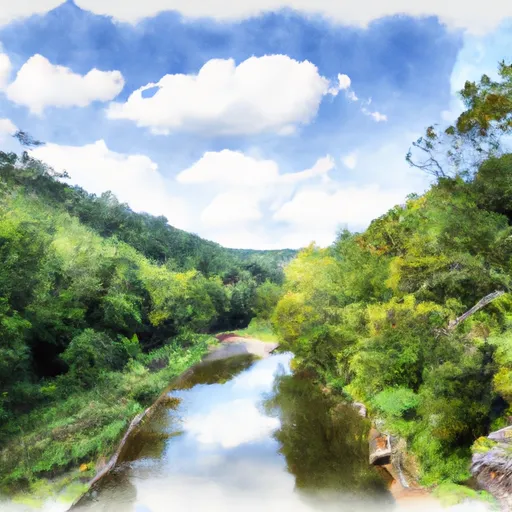°F
°F
mph
Windspeed
%
Humidity











Selma, Virginia is a small town located in Rockbridge County in the central part of the state. The climate in Selma is characterized as humid subtropical, with hot and humid summers and mild winters. Average temperatures range from the low 30s°F (-1°C) in winter to the upper 80s°F (around 30°C) in summer. Precipitation is evenly distributed throughout the year, with the highest amounts occurring during the summer months.
Selma is fortunate to be surrounded by the Maury River, which provides various hydrology constituents to the area. The river serves as a habitat for diverse aquatic species and supports recreational activities such as fishing, kayaking, and canoeing. The Maury River also offers picturesque scenery and is a popular spot for picnicking and hiking along its banks.
In addition to the Maury River, Selma is located near several outdoor recreation opportunities. The nearby George Washington and Jefferson National Forests provide ample opportunities for hiking, camping, and wildlife viewing. The Blue Ridge Mountains are also within reach, offering breathtaking vistas and opportunities for mountain biking and rock climbing. Overall, Selma, Virginia provides a pleasant climate, access to water resources, and a range of outdoor activities for nature enthusiasts to enjoy.
Weather Forecast
Selma receives approximately 1043mm of rain per year, with humidity levels near 82% and air temperatures averaging around 13°C. Selma has a plant hardyness factor of 7, meaning plants and agriculture in this region tend to thrive during the non-winter months.
Regional Streamflow Levels
18
Cubic Feet Per Second
7
Cubic Feet Per Second
36
Cubic Feet Per Second
62
Cubic Feet Per Second
Nearby Camping
| Camping Area | Reservations | Toilets | Showers |
|---|---|---|---|
| Seneca State Forest | |||
| Pocahontas | |||
| Pine Run - Lake Sherwood | |||
| Blowing Springs | |||
| Laurel Fork | |||
| Bolar Mountain |



